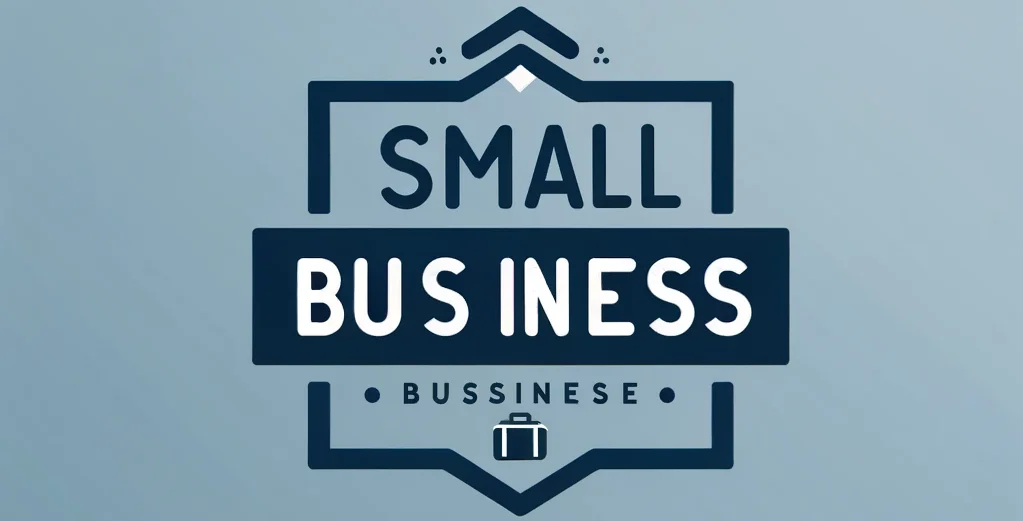Landing pages, also known as destination pages, are vital for marketing, advertising, and SEO campaigns. These pages appear in emails, social media posts, and ads, all aiming for one goal: the call to action (CTA), typically to generate leads.
There isn’t just one type of landing page. They can range from informational content like blog posts to pages dedicated to selling products. They鈥檙e also used for event registrations, prize draws, and free trial sign-ups. What matters most is their ability to convert visitors into leads. Because of this, we regularly update landing pages to boost their performance in capturing customer data.
To make a landing page effective, it needs to be optimized for both search engines and user experience (UX). Ideally, these pages should have a lower bounce rate because they should be attractive enough to keep visitors engaged. With investments in Big Data-driven campaigns like PPC and social media marketing, the bounce rate could be even lower compared to your homepage.
Landing Page Design & Content
To improve conversion rates on landing pages, focus on both design and content to make them appealing and engaging.
Design
The design of your landing page is crucial. It needs to resonate with your target audience. To do this effectively, start by thoroughly researching your audience to understand their preferences and dislikes.
Visitor Profile
Build a profile of your ideal visitor to tailor your page to their likes and dislikes. Use tools like quizzes and surveys to gather information before launching your main landing page. Interactive content like games and quizzes can help you learn as much as possible about your audience.
Content
Your content needs to be authentic and engaging. Making small adjustments to your landing pages regularly can lead to higher conversion rates. Remember, you鈥檙e always learning about your visitors, so your content should continually evolve alongside your marketing and SEO efforts.
Given the changing dynamics in attracting visitors, especially via organic search, keeping your content fresh is crucial to staying competitive.
Keywords
Landing pages need to perform well in search engines by using the right keywords to match visitor searches. Tools like Ubersuggest, Google Keyword Planner, Moz, Semrush, and Ahrefs can help identify the best keywords.
Using AI
Artificial Intelligence (AI) tools, such as ChatGPT, Gemini, Grammarly, Copy.ai, and Ahrefs, can assist in content writing, keyword suggestions, grammar checking, and SEO title creation. However, don鈥檛 rely solely on AI-generated content. Always revise it to match your brand鈥檚 voice and style to avoid a high bounce rate.
Great content inspires actions like newsletter sign-ups, report downloads, or seminar registrations. Research competitor landing pages to see what works but always adapt content to your unique style. Also, conduct A/B tests with different designs and content to determine which performs better, ultimately leading to higher conversions.
Key Attributes of a Winning Landing Page
Whether you鈥檙e tweaking existing pages or starting from scratch, here are crucial elements your landing pages should have to engage and convert visitors:
Heading: Clearly communicate the value proposition of your landing page.
Sub-heading: Explain your heading in more detail to encourage visitors to read further.
Reasons why: Outline the benefits of taking the desired action.
CTA (Call to Action): Use clear instructions or buttons to guide the visitor on what to do next.
Form: Include a form on the same page to make it easy for visitors to take immediate action.
Testimonials: Display reviews, testimonials, and badges to build trust and credibility.
Final Thoughts
Your landing pages can perform better by following these tips. However, no single fix can solve everything. Analyzing and regularly updating your landing pages is essential to keep them appealing and effective in converting visitors.



